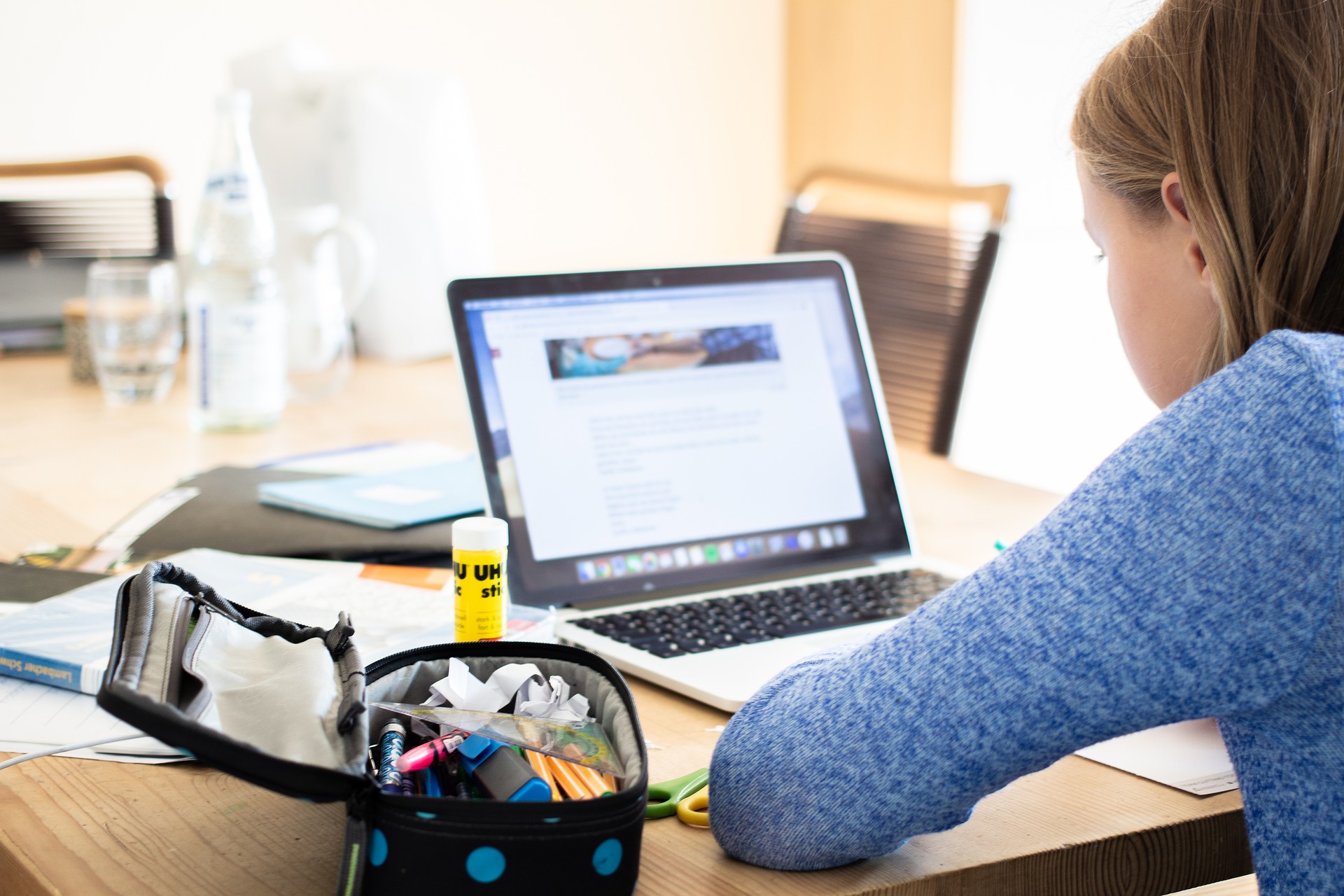
When we hear the term, work-life balance, the main thing that will come to our understanding is that we can give time to our work and personal lives. There should be enough time to pamper ourselves and stay happy while completing the tasks and being productive. However, a work-life balance had long been creating a buzz years ago. It continuously evolves, and with the tremendous impacts of technology, it's already time to redefine work-life balance.
What is Work-Balance? Here's a Quick Glimpse
Generally, to define work-life balance is to understand how people are spending their time on tasks assigned to them. An article from Forbes.com, work-life balance is an essential aspect of promoting a healthy working environment. A part of the article mentioned:
"Maintaining a work-life balance helps reduce stress and helps prevent burnout in the workplace. Chronic stress is one of the most common health issues in the workplace. It can lead to physical consequences such as hypertension, digestive troubles, chronic aches and pains and heart problems. Chronic stress can also negatively impact mental health because it's linked to a higher risk of depression, anxiety and insomnia."
Employees should learn how to manage stress since it can result in workplace burnout. There are adverse effects of workplace burnout, such as lowered productivity, mood swings, and irritability.
Another source defines work-life balance as a way how individuals manage time spent during and after work. Time outside the work schedule may include hobbies, family commitments, and enhancing relationships. The descriptions of work-life balance may sound simple; however, many people are struggling to achieve it.
The term 'work-life balance' initially appears in the U.K. in the 80s. It is actually a plank in the Women's Liberation Movement. The movement's advocacy focuses on getting flexible schedules and maternity leaves for women. It was challenging for working women because they are also expected to do family rearing and housekeeping responsibilities. During the working trends in the '80s, the imbalance between work and life has made women keen on seeking more ways to promote a work-life balance.
The concept of work-life balance has already been around for the past several decades. This starts evolving as times go by. This is seen to be attributable to innovations and technological advances in the world. There has been a notable improvement in office work and home chores that resulted in efficiency and productivity.
Despite the benefits of today's technological breakthroughs, there are still some struggles related to achieving work-life balance. As a matter of fact, technology has created a wider dimension because it offers options to work anytime and anywhere. The traditional working space extends even to the comfort of home offices up to digital gadgets and devices. This may sound comfortable, but it also makes it challenging to establish balance and boundaries.
Work-Life Balance Today: Towards Digital Innovation and Flexible Working Conditions
Today, the concept of work-life balance has dramatically evolved to respond to issues and incorporate strategies for better time management and increased productivity. Some programs are implemented to prevent burnout and stress. Employers are now aware of the importance of good physical and mental health of every employee. Compared to the previous decades, work-life balance today becomes more gender-neutral.
A significant way that employers and employees attain a work-life balance nowadays is by having a flexible schedule. The typical 9 AM to 5 PM schedule nowadays is no longer the usual working trends. Today, they can easily shift and choose their own schedules. Thanks to the remote working and work-from-home arrangements.
Workers are no longer always confined to a four-walled company office to work on their tasks. With the help of today's communication tools and project management platforms, they can work anywhere they desire. As long as there is Net connection, they can bring their laptops to their gardens, verandas, and even to places where they spend vacations.
An article published by Forbes.com, "The Evolving Definition of Work-Life Balance," concluded the following:
"Attitudes on work-life balance will continue to evolve with cultural, generational and economic changes. Flexible leaders can update or reinvent their workplace culture to try something new if employees report poor work-life balance. While maximizing employee productivity will always remain a constant goal, ensuring employees have the time they desire away from the office and enjoy their time spent in the office is the best way to retain talented employees and make them lifers, regardless of perceived generational differences."
Workers can now work using their smartphones and other gadgets while in pyjamas. Provided that there is access to the Internet, they can be part of a team and work remotely.
Not every worker can easily create a balance between work and personal life. But there are some tips on how to create a work-life balance, especially in these modern times.
4 Ways on How to Create a Work-Life Balance in these Modern Times
#1 Set boundaries.
Every worker must understand and create boundaries for professional efforts and personal matters. Have a clear schedule for your work. However, since you can work any time you want in today's modern times, make sure to work during your schedules. Stay focused and aim for productivity and quality results. Household chores and other personal stuff should not be done during your work hours. That is not professional and may cause your company to lose their trust in you.
#2 Avoid working on other tasks once your work schedule is done.
If you aim to develop a sufficient work-life balance, you should not have them mixed up. When you're done with your tasks, focus on your personal activities next. There are times family moments are ruined when work-related activities are infused, such as checking emails and calling clients, even your working hours are over. It's all about commitment and effort. Be committed to what you're doing (be it at work or personal matters) and put effort into it.
#3 Take regular breaks
Working for long hours can be overwhelming sometimes. That is why it is important to take regular breaks from time to time. Prolonged sitting or standing can be dangerous to your health. It can lead to physical, mental and emotional health problems. Avoid the negative impact of a sedentary lifestyle. Take a 10-minute break every one or two hours. You can take a walk outside your workstation and visit the garden. Seeing plants and beautiful sceneries can help calm your mind and refresh your thoughts. It will also provide you with a sense of work-life balance because you can give yourself a moment to savour your home's vibes.
#4 Have a 'Me’-time.
Relaxation is essential when it comes to creating a work-life balance. There are times work can be stressful and may affect the quality of job results. There can be strict deadlines and conflicts due to communication issues. With all these work challenges, it will be helpful to make sure that you give yourself a 'Me’-time to relax and take a good rest. Reward yourself with a vacation with your family. Treat yourself a pampering treat such as going to the spa or getting a massage.
It is also essential to keep yourself active and healthy. Eat healthy foods and drink a lot to keep yourself hydrated. Choose nutritious snacks over junk foods. Remember that your health is always your most important investment, so this should be well taken care of.
Final Thoughts
A lot of people may find it challenging to establish a healthy work-life balance. There can be many distractions, especially nowadays, that we are surrounded by gadgets to connect with friends and colleagues easily. Make sure to utilize these tools properly. Create physical boundaries when we want to focus on our work. However, do not disregard the importance of having a personal time for relaxation and recharging to become more productive. What matters is that you should ensure that there will be a balance between your professional work and the activities that you enjoy doing.





